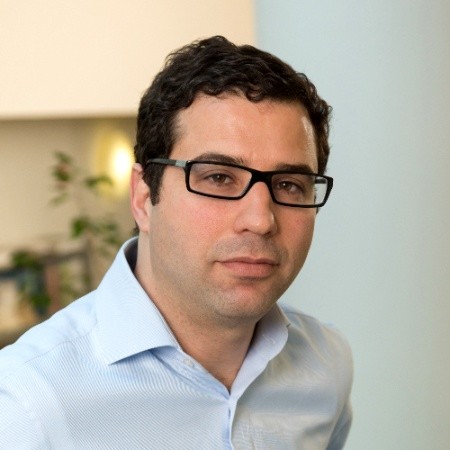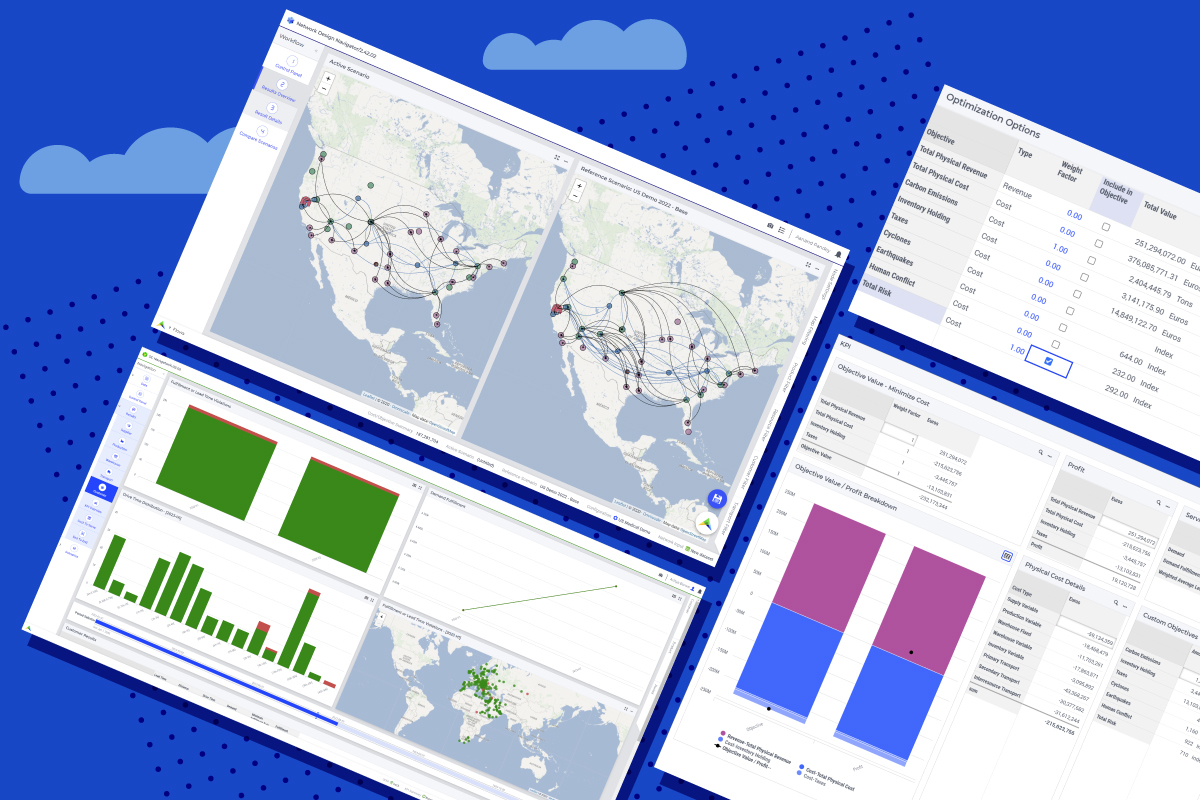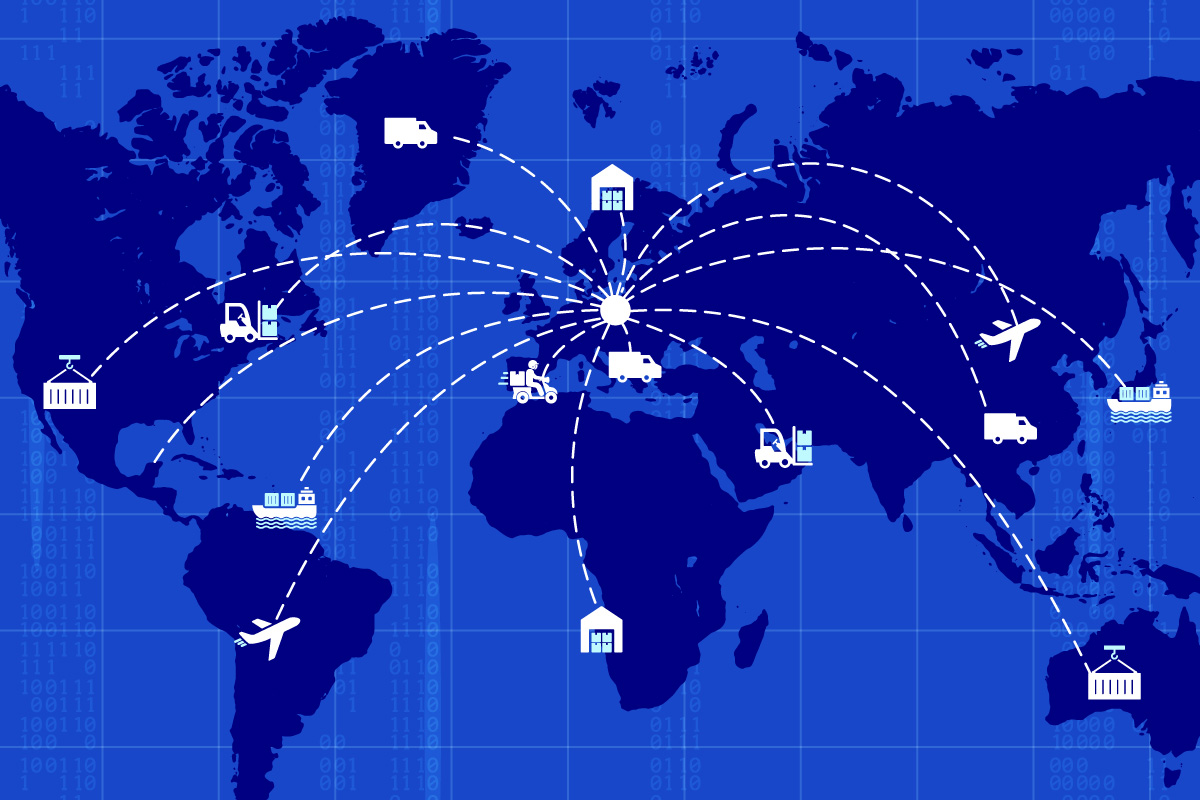How AIMMS is Transforming BASF’s Supply Chain Operations for Optimal Efficiency
About BASF
BASF creates chemistry for a sustainable future. The company combines economic success with environmental protection and social responsibility. Around 111,500 employees contribute to the BASF Group’s success worldwide. BASF’s business is divided into the Chemicals, Materials, Industrial Solutions, Surface Technologies, Nutrition & Care, and Agricultural Solutions segments.

We had the pleasure of speaking with Nafee Rizk, Operations Research Senior Manager at BASF, to learn more about the role AIMMS has played in their supply chain design.
1. Tell us a little about your role at BASF.
I work in the Value Chain Optimization team. My responsibility is to enable various businesses within BASF to leverage advanced analytics and mathematical modeling in their planning and decision-making activities.
2. How do you plan to use AIMMS SC Navigator?
Our goal is to integrate supply chain network design into our regular business operations, moving away from the previous project-based approach. We aim to establish a continuous process that empowers our business units to proactively utilize these tools rather than relying on reactive measures.
However, achieving this is not without its challenges. Data availability and quality pose significant hurdles, and with supply chains being dynamic and fluid, what may have been optimal yesterday may not hold true today or tomorrow. Continuous adjustment is essential.
3. How has the use of SC Navigator impacted your operations?
Of course, the utilization of SC Navigator has significantly enhanced our ability to make strategic decisions concerning our supply chain networks. Having such a tool has facilitated the establishment of a streamlined process to automate input data collection and validation.
Depending on the maturity of the business unit, we can create visualization dashboards to assess its supply chain performance and identify areas for improvement. Previously, data collection would take months, often dissuading companies from pursuing such initiatives. Rather than taking months, the process now only requires days. Automating data as much as possible and streamlining repetitive steps have been key in reducing time.
4. How frequently do you use this tool?
The goal is to use it as often as possible. We have multiple supply chains for different products and different reasons, and we want to enable our businesses to answer these questions as frequently as possible. We use it globally, in Germany, the US, and in other regions like Asia, and South America as well. This global usage enables us to transfer expertise and best practices between different regions.
5. How do you collaborate with the AIMMS team?
We work closely with the AIMMS team to develop tools and incorporate new functionalities. For instance,
- we have collaborated on adding features such as CO2 emissions modeling,
- production process considerations,
- warehouse and distribution center placement,
- and factors like taxes, including Brazilian taxes, to inform decision-making.
Our joint efforts have made the tool more comprehensive, allowing it to handle complex supply chain modeling with additional features and functionalities.
The benefits extend not only to our company but also to other AIMMS users. These enhanced functionalities are now available to other companies, and as a result, we may see new users wanting to adopt and utilize the tool.
“The tool’s ability to capture the complexities of supply chains and facilitate organizational integration at BASF, coupled with its user-friendly nature, has made AIMMS an integral part of our operations.”
6. What’s next on the horizon to add or adapt?
Given the growing significance and stakeholder interest in CO2 emissions and sustainability, we plan to focus on incorporating these aspects into our supply chain design. Additionally, there are other emerging topics like social responsibility. However, businesses must first establish a solid foundation before venturing into more advanced areas. Our approach at BASF is tailored to the maturity level of each business unit.
7. What message would you pass on to the companies that aren’t using network design applications?
Things change quickly and companies must have the tools necessary to adapt and remain competitive, otherwise, you fall behind. In the past, companies often encountered problems like poor service levels or high costs, and management would attribute these issues to operational efficiency without considering the network’s impact.
However, operational and tactical efforts are ineffective if the supply chain network itself is inefficient. Strategic warehouse placement relative to customers and suppliers is essential for the effective implementation of any operational or tactical strategy. A tool like AIMMS provides the ability to analyze and optimize supply chains continuously.
Ready to optimize your supply chain like BASF? Explore the potential of AIMMS SC Navigator and take your operations to new heights.





